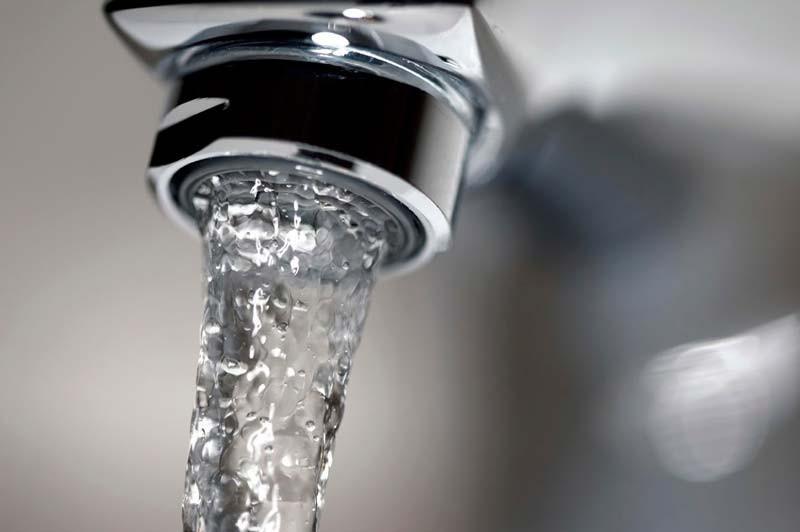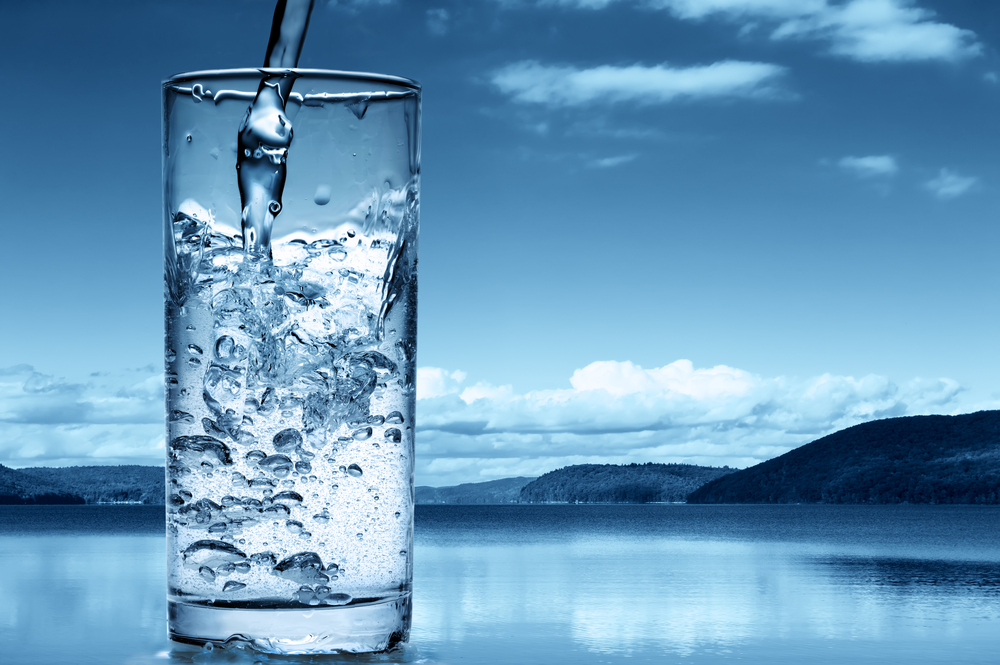Chlorine has always been used as a water disinfectant (water treatment) in the municipal water treatment facility. Chlorine is used to deactivate many microorganisms and most especially waterborne pathogens causing diseases such as typhoid, cholera, dysentery e.t.c. By the way, read the guide on Water Filter Guru’s site.
What is Chloramine?
Chloramine is a type of chlorine consisting of 5 parts chlorine and one part ammonia. Though, chloramine is been used as a substitute for chlorine as it creates lesser byproducts causing cancer than chlorine.
Types of Chloramine
There are three sorts of chloramine viz; monochlorsmine (NH2CI) (the commonest sort of chloramine), dichloramine (NHCl2), and trichloramine (NCl3). All these three types of chloramine (in names) don’t count much as most later react or fluctuate in the water supply.
Chloramine as earlier said is a disinfectant that can affect the taste, odor, and water quality. So it is your best shot to filters through the water supply before usage.
How does Chloramine get into the water?
Chloramine is a disinfectant used by the municipal water facility in the treatment of water.
Chloramine has a lesser rate of dissipation than chlorine and as such enters your home water supply tanks. Chloramine stays longer in water.
To know the level of chloramine in your water supply, you should contact your local water municipalities and you can as well get the info from the yearly reports released by the facility.

The Health Effects Of Chloramine.
The health effects are invariant according to the types of Chloramine used but due to fluctuations of any kind of chloramine i.e that monochloramine can change its chemical reaction to dichloramine or trichloramine depending on the temperature, PH level, and the ratio of chlorine-ammonia present.
Broadly, we will be talking about the effects of chloramine irrespective of the one used.
- Treating a patient undergoing kidney dialysis could result in such a patient suffering from severe hemolytic anemia and methemoglobinemia.
- Chloramine can also cause lead piping or corrosion of copper since it dissipates slowly and could affect the water quality supply to your home giving the water a bad taste and odor.
- Chloramine can cause skin irritation or problems.
- Though chloramine has been certified by the US EPA as good for drinking and other needs people with weaker immune systems should not drink water with a great level of chloramine.
- Chloramine is harmful and toxic to aquatic life.
- Due to change in water taste, chloramine may affect the taste of soft-beverages, production of ice, and can cause problems to coffee or tea machines.
How To Remove Chloramine From Water
Chloramine can not be removed from the water but can be reduced drastically to the level whereby it poses no problem at all. Below are the ways to remove chloramine from water;
- The use of ultraviolet light.
- Ascorbic Acid (Vitamin C) and sodium absorbate can be used to counteract chloramine in the water supply. But this is most effective on a short-term basis like say being effective for a day or two.
- The use of carbon filters. Carbon filters are of three variations but the most effective of them is the granular activated carbon filters.
- Sodium thiosulfate can also be used to reduce the chloramine level in the water supply for aquatic life.
- Also, chloramine can be reduced through boiling water and aging. Boiling water for 20 minutes could reduce the level of chloramine in your water supply to a consumable or a less harmful level.





